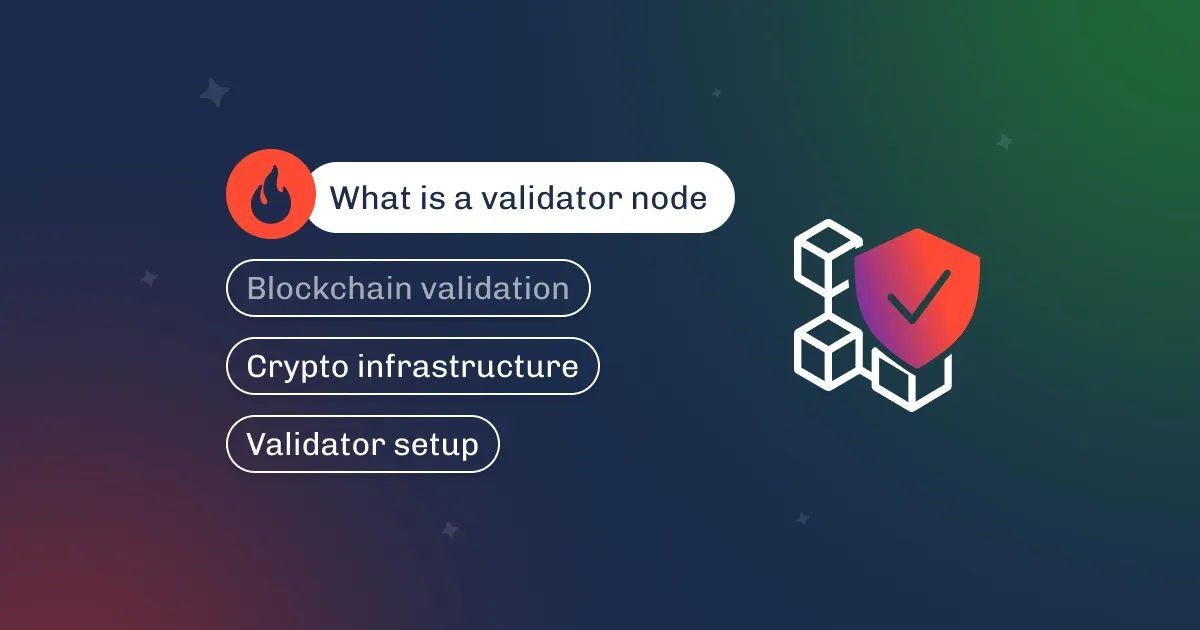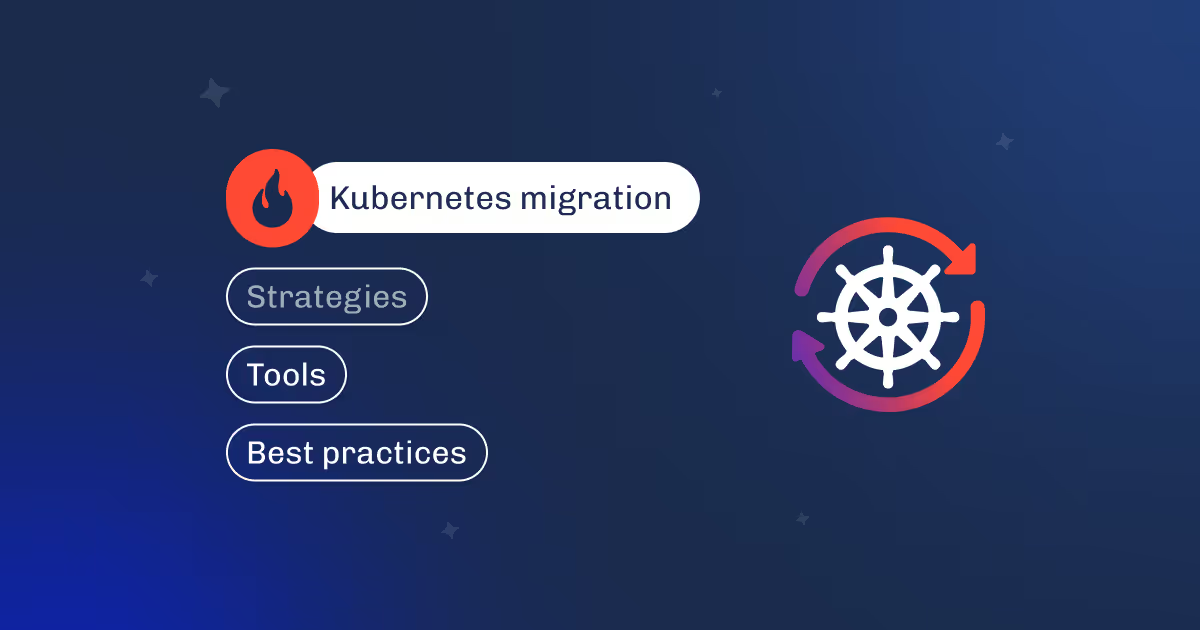

Have you ever thought about blockchain as an elegant solution that copies the atomic structure of the universe? Each node is a separate atom, and they are all interconnected. Maybe we haven’t discovered that each atom knows everything about what happened in the universe and stores this information being a part of a system similar to a decentralized ledger. And each atom has its purpose—as do the nodes.
Today, we’ll take you on a fantastic detour discovering types of nodes and their roles in the blockchain, focusing on the archive node with additional zoom. Our engineers were pleased to share some unique node provider use cases implemented in the projects that show how impossible limitations of blockchain can bend under the innovative potential. In this article, we choose the Ethereum archive node as an example to explain.
The contrast of concepts easily demonstrates the truth. So, we quickly look at the sisters of the archive node: full and light nodes.
The Ethereum blockchain is technically a network of computers called nodes.
Full nodes store the entire Ethereum blockchain history, including every block, transaction, and smart contract ever executed. However, they only maintain the latest state (snapshot) of the network for the most recent few blocks, typically around 128. This allows them to verify incoming transactions and ensure everything runs according to plan.
Additionally, full nodes can regenerate older states by re-executing transactions, although this can be computationally intensive. Ethereum full node size is currently around 1.1 TB, and it’s obviously going to grow.
Archive Nodes. Built on the full node's capabilities, archive nodes take data retention to the next level. They not only store the complete blockchain data but also maintain a record of the historical state of every single block from the moment the chain exists.
This allows the Ethereum archive node to serve requests for historical data efficiently, without needing to recompute everything from scratch. However, this extensive data storage comes at a cost—archive type requests space bigger than Ethereum full node size—at least 10 TB for each.
Light Nodes. Designed for efficiency, light nodes are the minimalists of the network family. They only download Ethereum block headers, containing the bare minimum of blockchain data needed to interact with the network.
Light nodes rely on the full or archive types for all other data, working in a "need-to-use" mode. Their limited functionality prevents them from participating in network consensus (they can't be validators). However, they are still irreplaceable for simple tasks like checking balances, verifying transactions, or browsing event logs.
|
Node Type |
Functionality |
Use Cases |
Benefits |
|
Light |
Limited functionality |
- Check wallet balances |
- Lightweight and efficient |
|
Full |
Stores complete blockchain history |
- Verify transactions and network state |
- Contributes to decentralization and security |
|
Archive |
Stores complete blockchain history and historical state for each block |
- Access historical data without recomputing |
- Superior historical data access |
To understand how it works, we will examine its natural environment and lifecycle, focusing on the core functionalities.
1. Initialization and sync:
The initial setup requires time, reliable bandwidth, and an experienced engineer on your side. You’d better trust us 🙂
2. Ongoing operations:
Typically, this stage takes hours, but it isn’t a strict limitation for our blockchain engineers.
3. Serving historical data requests:
4. Pruning (as an option):
So there you have it. An archive node acts like a constantly updated historical archive of the Ethereum network. As a sentinel of memory that forgets nothing, it gives access to valuable insights about anything that happened in the network, keeping past certain and recorded.
You might already have guessed who must invest so much space and effort in expeditions to the historical center of the blockchain.
The historical data is a treasure for anyone who wants to know how blockchain will act in the future. Many personal investigators and projects build their business around retrieving data on the functionality of archive nodes.
Personal usage might be resourceful but fruitful:
Regarding hardware, the requirements are fairly similar for both full and archive nodes, with disk space being the key differentiator.
Node requires a fast CPU with at least four cores, 16GB of RAM (ideally 32GB), and an NVMe SSD. Storage space varies—a full node can function with 2TB, while archive nodes might require much more depending on the client software used (Geth being a storage hog). Finally, a stable and fast internet connection with at least 25 Mbps bandwidth is crucial for keeping your parts of infrastructure online and responsive.
The number of third-party providers and services has grown on the archive nodes' functionality:
| Group | Purpose | Benefit | Example Provide |
|---|---|---|---|
| Blockchain data analytics firms | Market analysis & research | Analyze historical data to provide insights on token performance, DeFi trends, and user behavior. This data can be used to create reports, develop investment strategies, and inform product development. | Chainalysis, Kaiko, Messari, Nansen |
| Security & auditing firms | Enhanced security audits & threat detection | Backtrack suspicious transactions, identify vulnerabilities in smart contracts, and analyze network activity for potential security risks. | ConsenSys Diligence, OpenZeppelin, Trail of Bits |
| Blockchain infrastructure providers | Reliable data access & infrastructure | Run their own archive nodes or partner with node provider to offer historical data access to their clients. This enables developers and businesses to build applications with rich historical context. | Dysnix, Infura, Alchemy, QuickNode, GetBlock.io |
| Blockchain explorers & data platforms | Comprehensive on-chain data exploration | Provide users with advanced search functionalities, historical data visualizations, and on-chain analytics capabilities. | Etherscan, Blockchair, Dune Analytics |
Both platforms and individuals use archive nodes for:
Running an archive node or getting access to one from a reliable provider is the best way to access the whole blockchain.
Several Ethereum client software options exist for running an archive node, each with advantages and storage requirements. Clientdiversity.org is a valuable resource for exploring these options and promoting a healthy level of client diversity within the network.
Some time ago, the dragon of Geth (OpenEthereum, named later) was deprecated, giving life to the separated branches of clients with specialized functionality. A more modular and efficient client ecosystem within the Ethereum space gives users a wider range of blockchain choices in this chocolate shop.
Here are some of the most popular archive node clients:

%25201-min.avif)
%25201-min.avif)
If you don’t want to sit over documentation of blockchain clients and welcome the sunrise with a bit of frustration, yet without running a node, just ask us to help. We can give you the fastest access and customize any part of infrastructure for you.
We have met the expectations of the biggest blockchain players in the market, so we’ll be glad to help anyone.
.svg)

.svg)
.svg)
.svg)

Meet us here, in our Web3 chatting lounge, or just drop us a line. Always glad to help.
And thank you for reading 🙂






